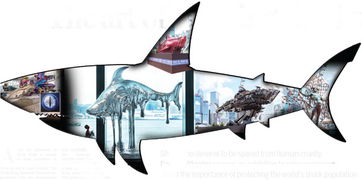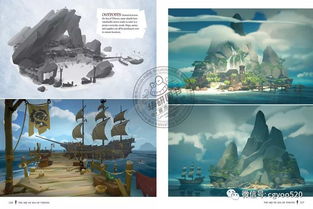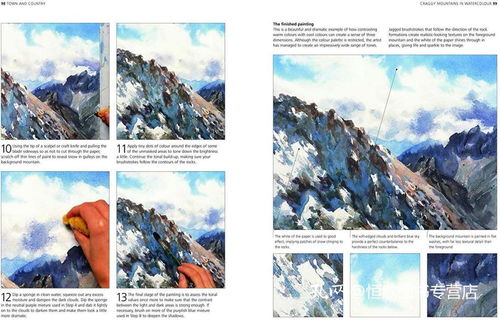Content:
Bank fishing, also known as wading or standing on the riverbank, is a popular method for anglers who enjoy a more hands-on approach to fishing. One of the most common techniques used in bank fishing is the pole technique, which involves using a bamboo or telescopic fishing pole to cast, retrieve, and land fish. In this article, we will delve into the essential tips and tricks for mastering the art of using the pole technique for successful wild fishing.
Choosing the Right Pole
The first step in mastering the pole technique is selecting the right fishing pole. There are various types of poles available, each designed for different fishing environments and species. Here are some factors to consider when choosing a pole:

- Length: A longer pole allows for greater casting distance, while a shorter pole is more suitable for fishing in tight spaces or shallow waters.
- Action: The action of a pole refers to its flexibility and responsiveness. A fast-action pole is ideal for casting lighter lures and catching quick, agile fish, while a slow-action pole is better for larger, heavier baits.
- Material: Telescopic poles are portable and easy to store, while bamboo poles offer a classic look and feel. Choose a material that suits your preferences and fishing conditions.
Selecting the Appropriate Line
The type of line you use is crucial for successful pole fishing. Here are some key considerations:
- Strength: Ensure that your line is strong enough to handle the fish you're targeting, as well as any potential snags.
- Diameter: A thicker line may be more visible to fish, while a thinner line is more likely to attract strikes. Choose a line diameter that strikes a balance between visibility and strength.
- Material: Monofilament is the most common line material for pole fishing, but braided line can offer advantages in terms of sensitivity and durability.
Attaching the Lure or Bait
Properly attaching your lure or bait to the line is essential for successful fishing. Here's how to do it:
- Hook: Choose a hook size and shape that suits your bait and the fish you're targeting. A sharp hook is crucial for securing the fish once it bites.
- Leader: A leader is a short length of line that connects the lure or bait to the main line. This helps to protect your main line from snags and wear. The length of the leader can vary depending on the fishing conditions and species.
- Knots: Learn to tie strong, reliable knots such as the improved clinch knot, Palomar knot, or Uni knot. These knots are essential for securely attaching your lure or bait to the line.
Casting Techniques
Casting is a critical skill in pole fishing. Here are some tips to improve your casting technique:
- Hold the pole with a comfortable grip, using both hands if possible.
- Swing the pole back and forth to build momentum, then release the line at the right moment to achieve the desired distance and trajectory.
- Practice casting in different directions and distances to become more proficient.
Retrieval and Presentation
Once you've cast your lure or bait, it's time to retrieve it and present it to the fish. Here are some tips:
- Retrieve at a consistent pace, allowing the lure or bait to sink and rise naturally.
- Vary your retrieve speed and depth to mimic the movement of real prey.
- Watch for any changes in the line, such as a sudden pull or a tap, which may indicate a fish strike.
Landing the Fish
When you feel a fish bite, it's time to land it:
- Keep the pole pointed in the direction of the fish, applying gentle pressure to guide it towards you.
- Once the fish is close to the bank, use the tip of the pole to keep it away from snags and obstacles.
- Gently lift the fish out of the water, using a net if necessary, and release it or keep it as per local regulations.
In conclusion, mastering the pole technique for wild fishing requires practice, patience, and attention to detail. By selecting the right equipment, mastering casting and retrieval techniques, and paying close attention to the behavior of the fish, you'll be well on your way to becoming a skilled pole fisherman. Happy fishing!












